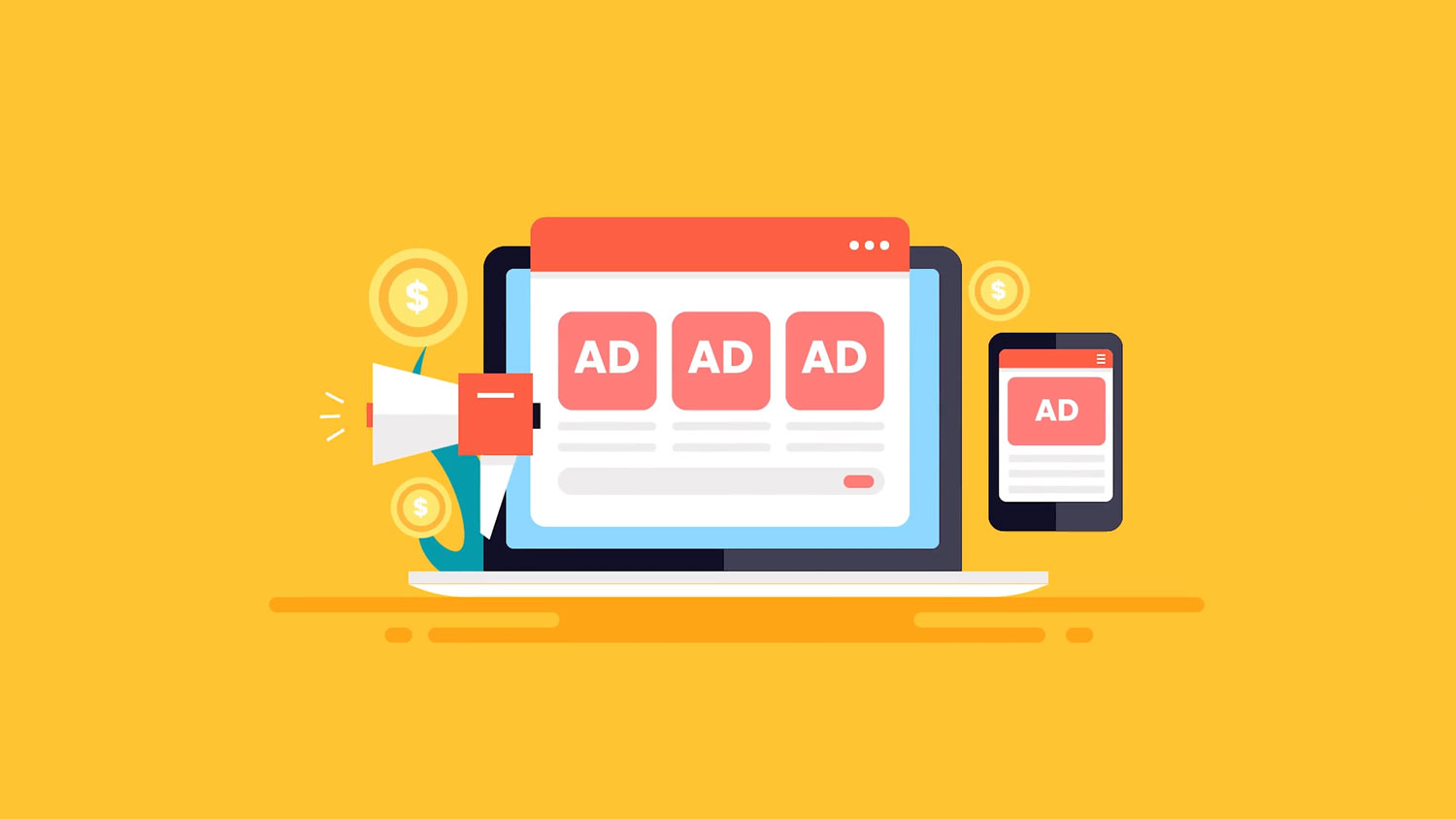Why Internal Linking is Important to SEO
Internal linking is a phrase that often appears when SEO is being discussed and it is considered to be an important SEO ranking factor.

You must not only know who your target audience is as a business owner but also be able to get in touch with them in the right places and at the right times. One option is to do so by using and running Google Ads.
The audience targeting feature within Google Ads is the perfect solution – when you know what you’re doing. It’s an essential component of your PPC strategy and will help ensure you have more success with each campaign you run. Are you ready to learn more and to start seeing results? Discover how to reach your target audience with Google Ads.
The first matter to address is why you should run Google Ads in the first place. The reason being is that it’s a highly competitive market and landscape out there. The majority of consumers and brands are online and you need to be able to cut through the noise and stand apart. You may be able to achieve higher ROI through customisation and granular targeting, for instance.
PPC is and will continue to be a vital growth driver in the future for brands everywhere. Although this means that it likely is a strategy and approach that will work, remember that the more companies who do it, the harder it’ll be to get noticed.
Now that you know why you should run Google Ads at your business, it’s now time to review the different audience types and targeting options that are available. We’ll also cover optimisation tips so that you can get the most from your marketing efforts and budget.
As you begin to customise your PPC campaigns, you’ll notice that there are a variety of different audiences to choose from within Google Ads. They are as follows:
Which audience you use will depend on your business goals and what you hope to achieve. Keep in mind that Google provides audience types that you can use to target users at each stage of the funnel.
In addition to the different audience choices, you can also use targeting options in Google Ads. Below are the various targeting methods you may wish to use:

Now that you understand your options and features in Google Ads, it’s time to dive into how to enhance your targeting. A few key terms you should understand better are Observation and Targeting in Google Ads.
With Observation, Google shows your ads to all users and it’s a much broader targeting option. You’ll add your audience to a campaign or ad group and be able to gather performance data.
With Targeting, Google shows your ads to users who are part of the specific audience you enter. It will exclude all other users and it’s a much more focused option.
Bid adjustments are yet another aspect that will come into play when running Google Ads. These are made based on the performance of each audience. You can also apply and use bid adjustments as it relates to device, location, and demographic targeting. You should begin by going over your performance for roughly a 30-90 day period. The longer the period of analysing the conversion rates the better you can determine whether you should guide your audience towards a higher or lower bid.
You should also be mindful of optimised targeting for Display campaigns. What it does is expand your reach by finding comparable users who are as likely to convert based on your targeting signals. It’s a wise option and you should consider using the feature if you have a small audience size. Keep in mind you may get poor click-through rates if you don’t turn off this option when creating remarketing campaigns for audiences that have already interacted with your site.
A key part of your digital marketing strategy needs to be defining your target audience and then using the correct targeting and audience tactics in your Google Ads to ensure the right people find you. It’s worth your time and energy to apply higher quality targeting efforts along with making data-driven decisions so you can ultimately make sure your business gets in front of the right people at the right time.
Here at CB Digital Marketing, we understand that PPC/Google Ads are a powerful tool that can successfully drive targeted traffic to your site, and this can be a key part of digital marketing campaigns. We can help you gain more exposure and increase the number of clicks to your ads. We are Google Ads Certified and this allows us to make certain your campaigns are cost-effective and that you gain more high-value traffic to your site. Get in touch with us today to find out more on how we can benefit your business.